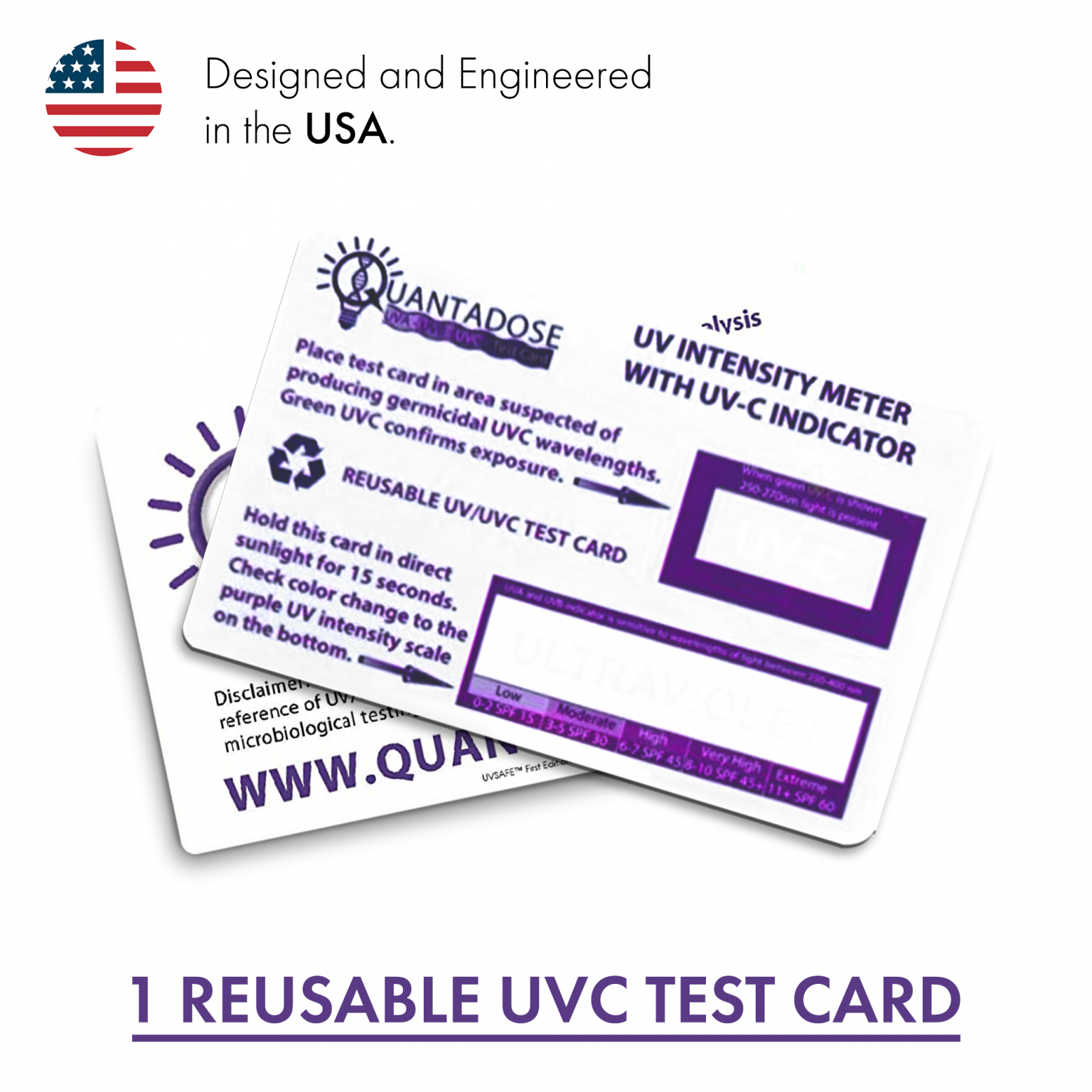
This protects the process from possible inadequate treatment which may occur through short circuiting when average and cumulative doses are is used. Lenntech UV Systems design equipments so that the dose is AT THE WALL, AT THE END OF LAMP LIFE. Lenntech have always believed that correct chamber design is a significant part of effective disinfection and to this end computer modeling is used to establish turbulent flow, which ensures good mixing and balanced exposure at high and low flows and residence time characteristics. The disinfection process involves the exposure of fluids with microbiological contamination to a UV energy source which is mounted centrally in an irradiation chamber. Ideal for low flow situations with power ratings from 15w to 200w.ġ20 - 200 watt lamps unaffected by water temperatures. Useful arc tube life between 4000 - 8000 hours depending on operating conditions.įull spectrum output 185 - 480 nm available for photochemical reactions. Conversion of power input to biocidal output is > 15%. The broad spectrum output performs more efficiently than low pressure lamps on flows > 13 m3/hour. The high energy output is equally effective on both hot and cold fluids. Power ratings are from 0.4kW to 7.0kW with a maximum treatment capacity of 600 m3/hour with a single lamp. DEODORISATION: sewage and industrial emissions.īack to Top MEDIUM AND HIGH PRESSURE ARC TUBES.CATALYSIS: pesticide removal, effluent treatment, ground Recovery.OXIDATION: TOC reduction, ozone destruction, chlorine removal.GASES/AIR: food preparation, clean rooms, air conditioning.SURFACES: packaging, conveyors, food, working surfaces.LIQUIDS: water, syrups, emulsions, brines.Reduction in number of live microorganisms 4 - E.coli (Waterborne indicator Pathogen) DOSE = 5.4 mJ/cm2 Dose mJ/cm 2

3 - DOSE REQUIREMENTS - COMMON MICRO-ORGANISMSįig. 3 and the relationship between UV dose and destruction are shown in Fig. Some 90% destruction values are shown in Fig. tripling the dose will produce a 99.9% destruction of the target organism and so on. Therefore doubling the dose required for 90% destruction will produce 99% destruction of the target organism. K = Constant associated with target organismsįrom the above relationship doubling of the dose applied will increase the destruction by a factor of 10. No = Number of target organisms after treatment The relationship between the dose and the destruction achieved of a target micro-organism can be summarized as follows: Willand recommend the appropriate UV dose for each application taking into account water quality, arc tube ageing, industry specifications, as well as microbiological standards.īack to Top DOSE / DESTRUCTION RELATIONSHIP Average and cumulative doses offered by others depend on turbulent flow characteristics which can disappear when flow is variable. The minimum dose expressed by Willand gives the user the guaranteed assurance of success.

This is commonly expressed as 1mJ/cm2=1000 micro Watt second/cm2 The UV dose is the product of UV intensity (expressed as energy per unit surface area) and residence time. An increase in the current supplied would cause the UV lamp to rapidly heat up thus increasing the mercury pressure to produce the typical medium pressure spectral output shown in Diagram 2. The low pressure UV lamp is only capable of producing lines at 185nm and 254 nm. The inert gas with which the tube is filled, provides the primary discharge and the necessary action to excite and vaporize the miniscule deposits of mercury within. The Ultra Violet source is basically a fused silica quartz tube, typically l5mm to 25mm diameter ranging from 100mm-1200mm long. In result, cell division and, by extension, reproduction is prevented. When a micro-organism is exposed to UV-C, the nuclei of the cells are modified, due to photolytic processes. 2 - spectral energy distribution curve for germicidal action and spectral power distribution for low and medium pressure UV lamps. 1 - UV-C in the spectrum of electromagnetic radiation.įig. The specific wavelengths responsible for this reaction are situated between 240 - 280 nanometers (referred to as nm) with a peak wavelength at 265 nm.

Separation and Concentration Purification Requestĭisinfection by Ultraviolet Light Contents:įor the past 100 years science has recognized the bactericide effects of the ultraviolet area of the electromagnetic spectrum.Plant Inspection & Process Optimalisation.


 0 kommentar(er)
0 kommentar(er)
